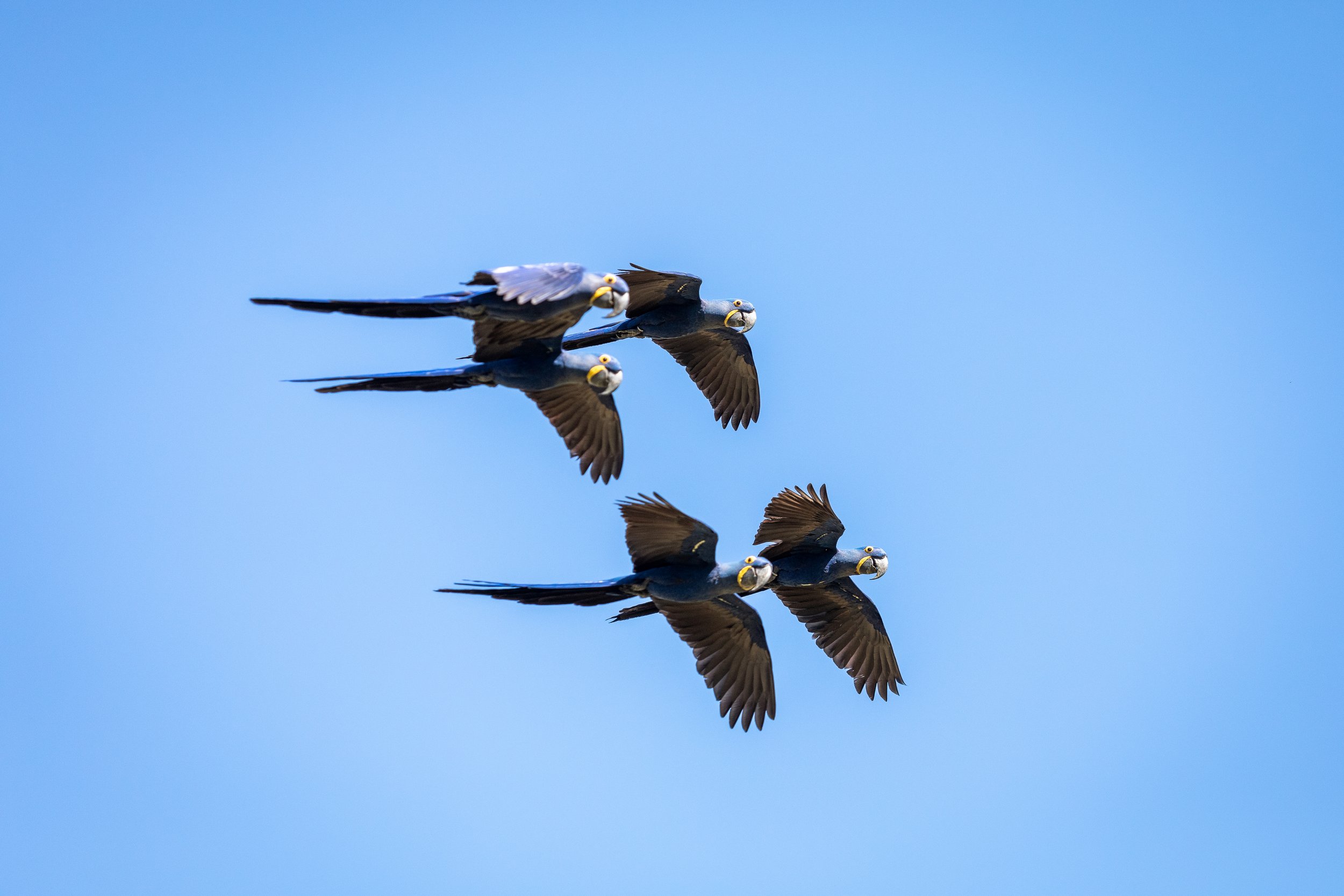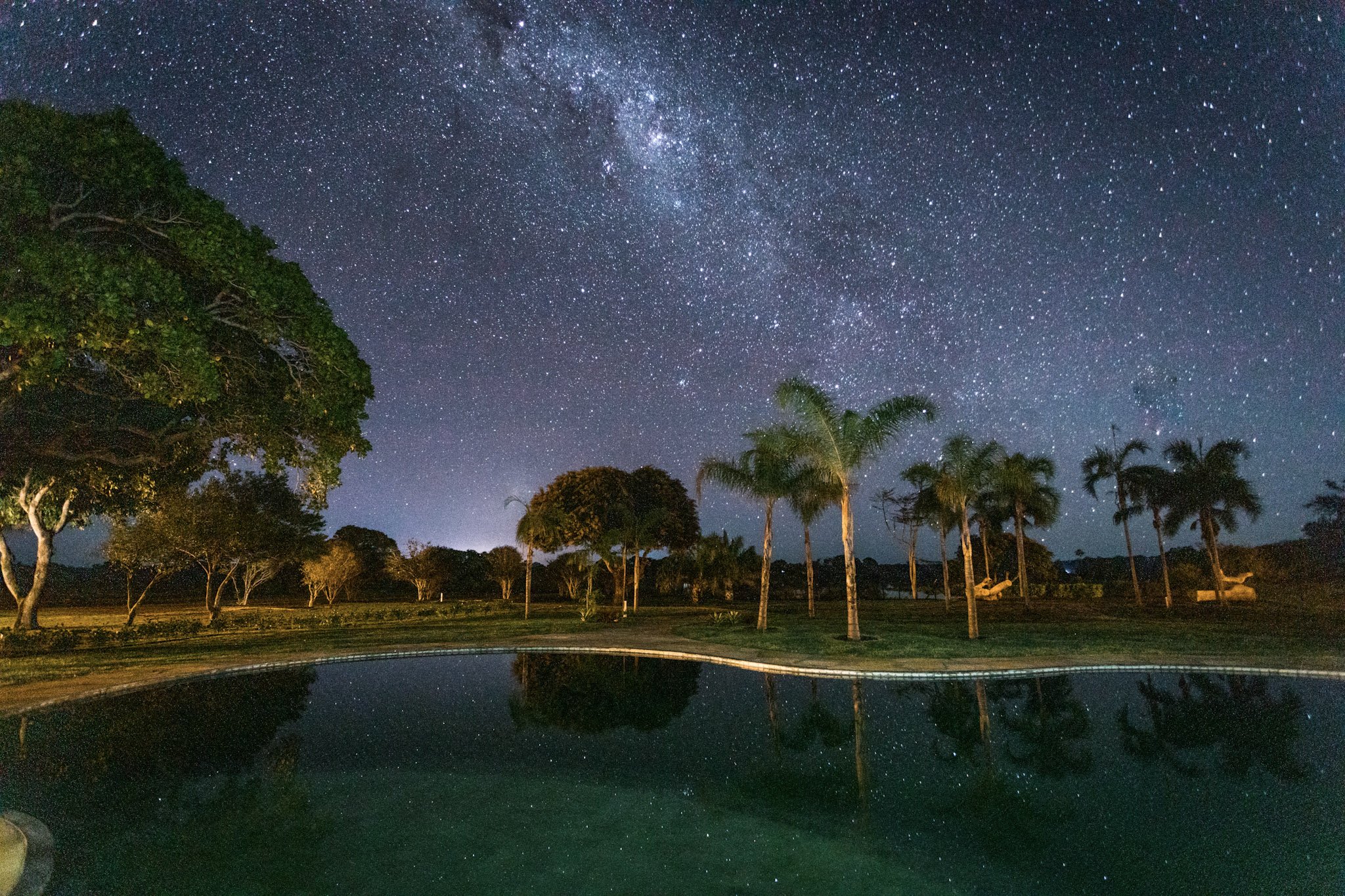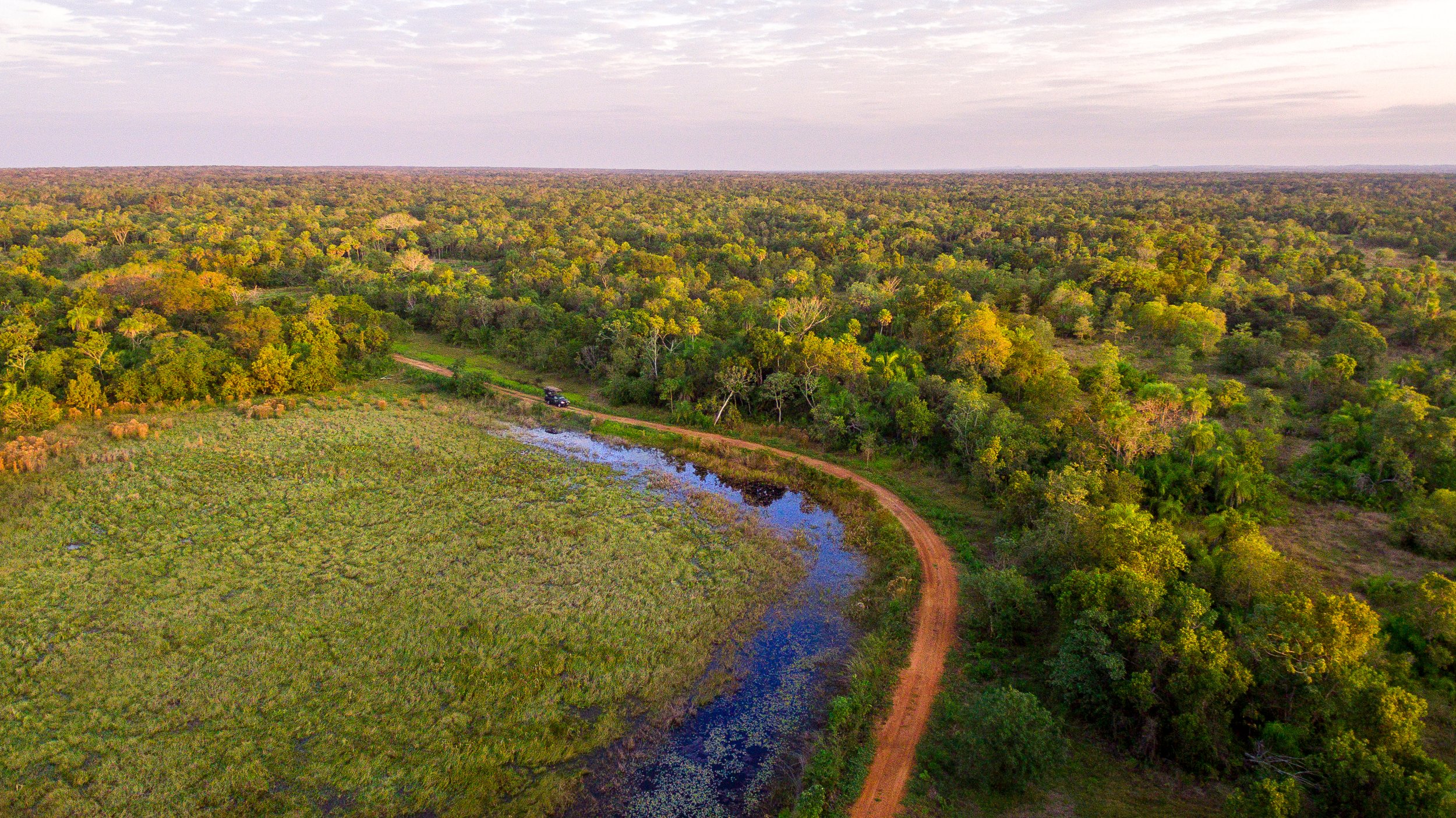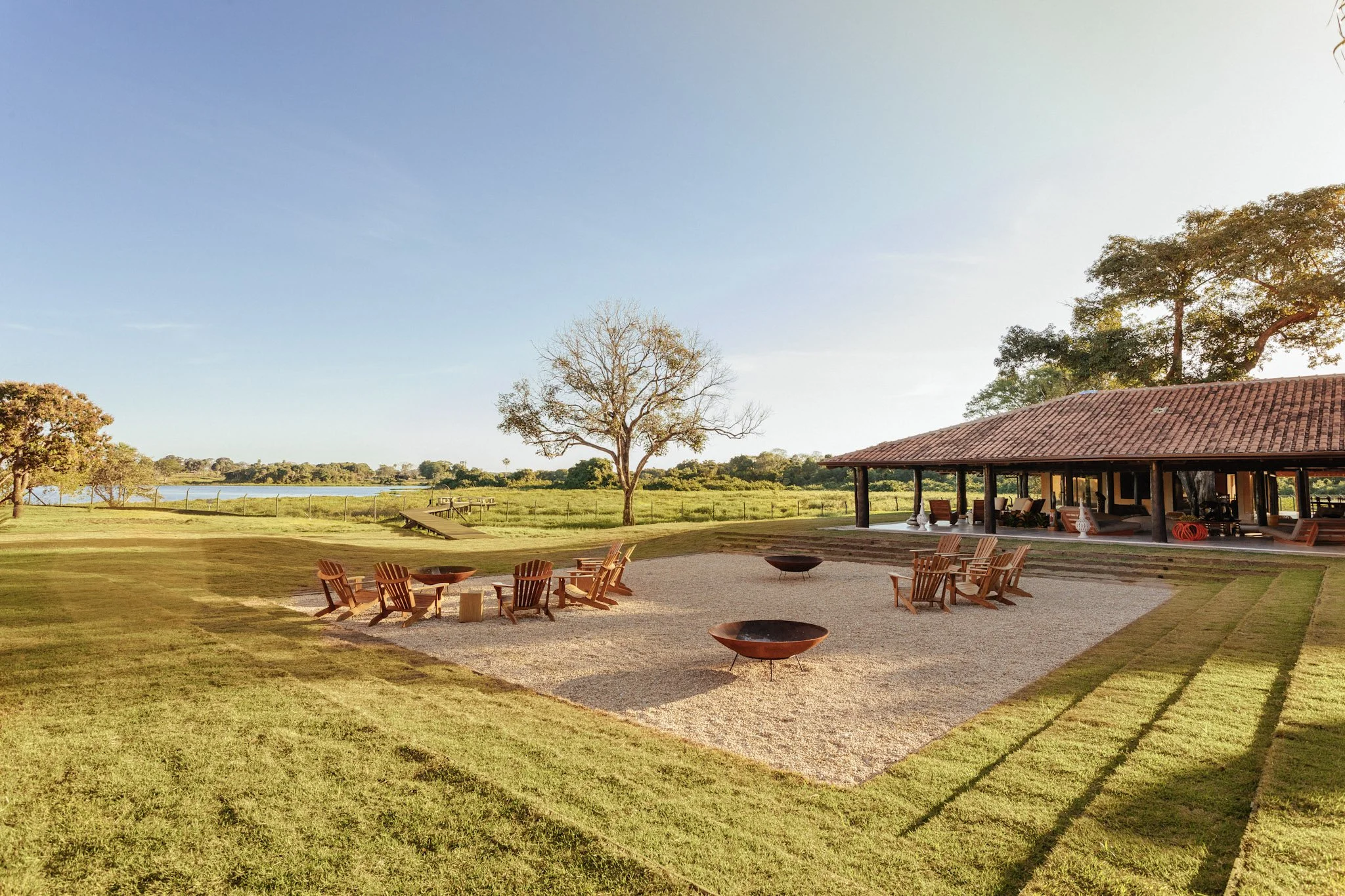Caiman, Pantanal
Mato Grosso do Sul, Brazil

Caiman, Pantanal
Ecolodges
2020
Since april 2019
A family farm transformed by its nature-loving conservationist owner into a 53,000-hectare ecological refuge over 35 years ago, Caiman, Pantanal, was created to protect the Pantanal’s rich fauna, flora, and cultural heritage. While it now acts as a biodiversity sanctuary and ecotourism hotel, it’s more than simply a place to stay, highlighting the worldwide importance of the area’s biome. Caiman, Pantanal, is a certified Global Ecosphere Retreat®.
Immersing guests into the heart of the Pantanal’s nature and culture, Caiman, Pantanal, offers an authentic, comfortable, and hospitable snapshot of the area. Guests experience first-hand how the property’s livestock farming heritage coexists harmoniously with pioneering ecotourism activities and ongoing scientific research. A continuous conservation ethos means over 500 animal species, including jaguars and the blue-fronted parrot, roam its vast landscape freely, and cultural heritage comes to life through traditional meals and excursions led by knowledgeable local field guides, improving quality of life and offering new income opportunities to benefit the local community.
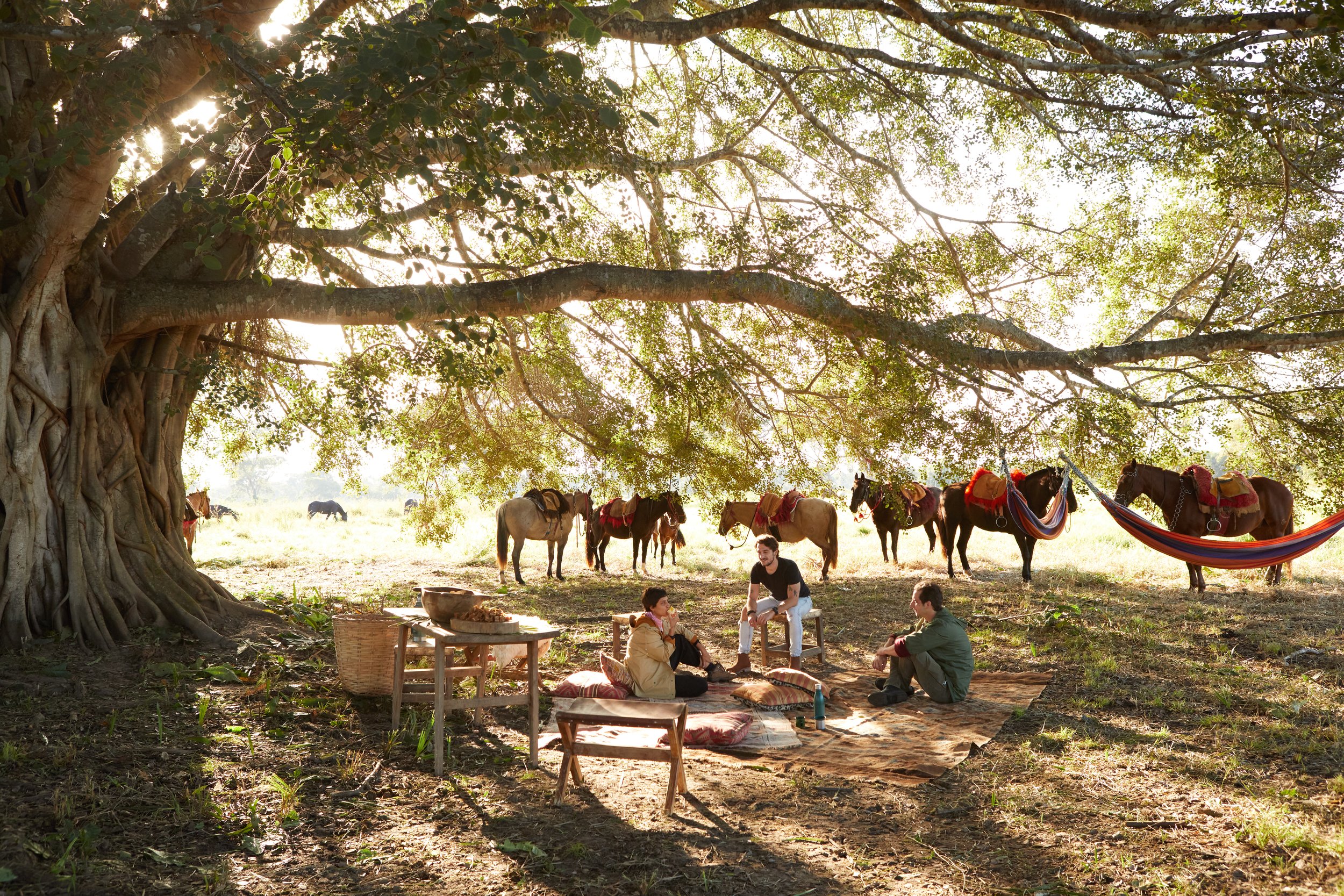
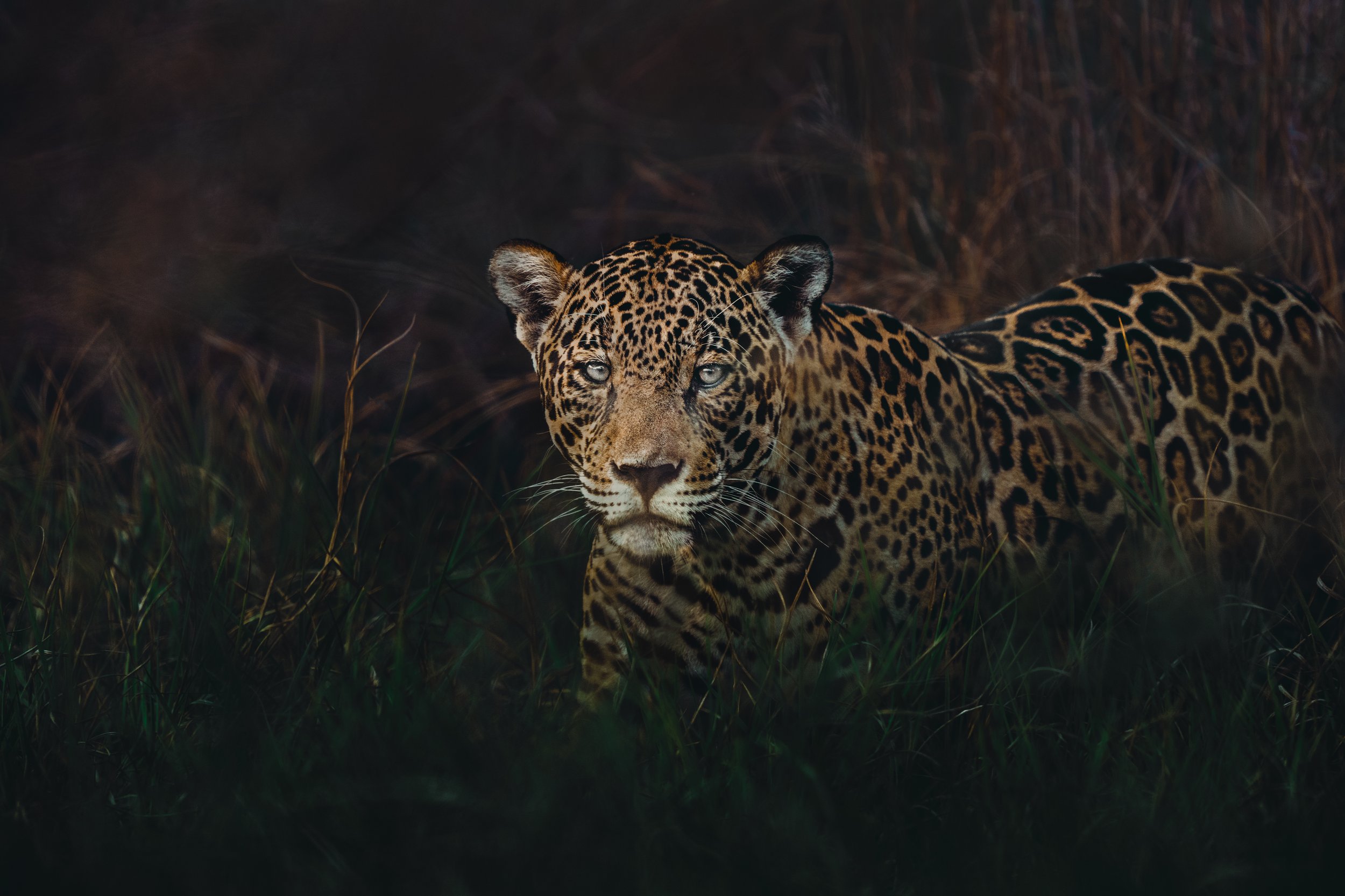
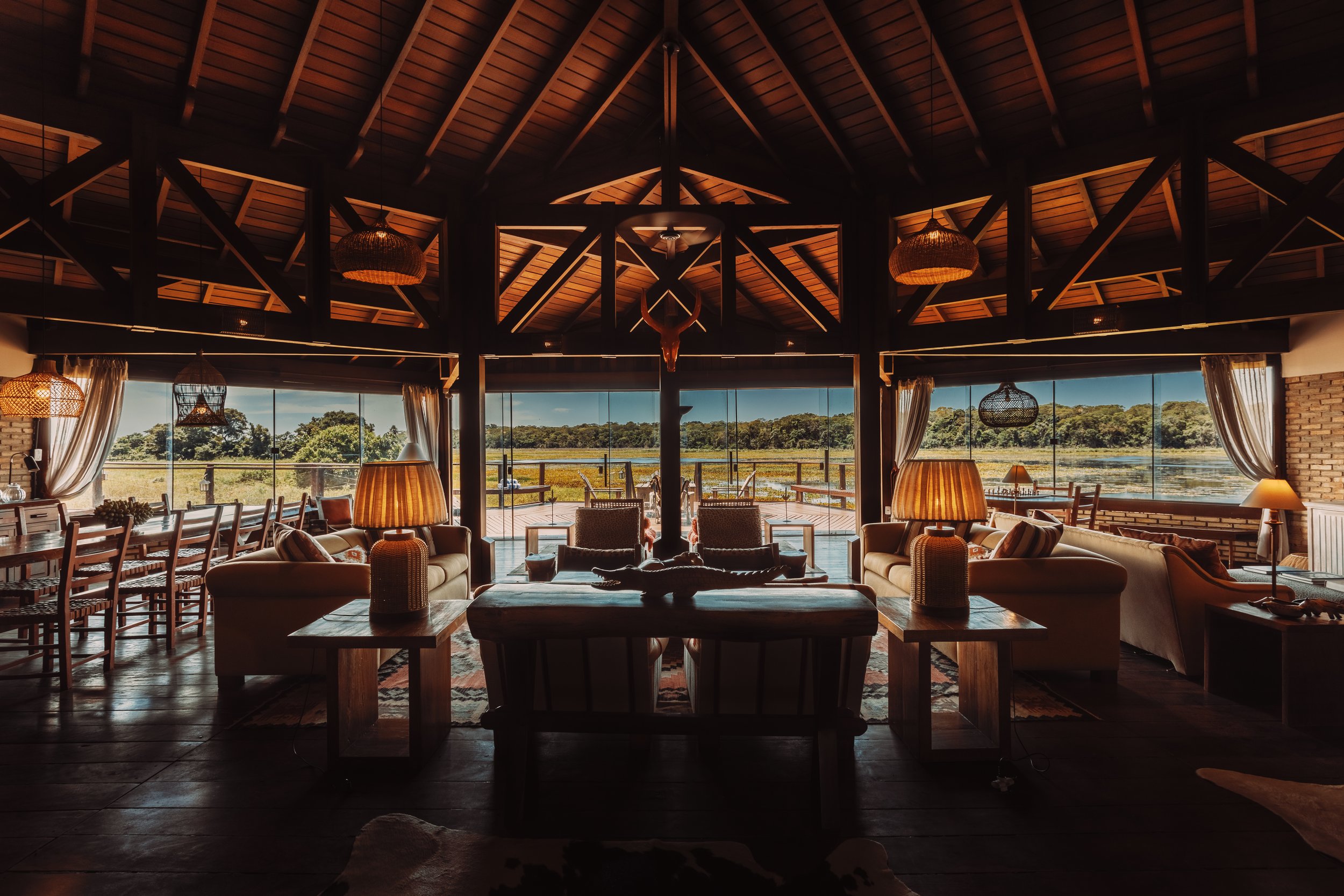
CONSERVATION
Ongoing conservation efforts within the Caiman, Pantanal, reserve secure its rich biodiversity and future preservation of the biome.
Regularly acts as a headquarters for initiatives which raise awareness, and aid conservation of, the Pantanal biome.
COMMUNITY
Brings jobs, professional training, and opportunities to generate income to local communities, especially women.
A roster of activities, and professional training help to boost quality of life, health, and education for employees and their families.
CULTURE
The “Annual Caiman Lasso Festival”, the largest and most important cultural event for the Caiman community helps to preserve the Pantanal’s cultural heritage.
The importance of the Pantanal’s cultural heritage is underlined through guest experiences such as “Cowboy Day” and “Cattle Drive Traditional Lunch”.
COMMERCE
Caiman, Pantanal, has built a successful ecotourism model which has, since 1985, ensured the monitoring of Pantanal wildlife and a comfortable hospitality experience.
A continued tradition of livestock farming.
Caiman’s Highlights

